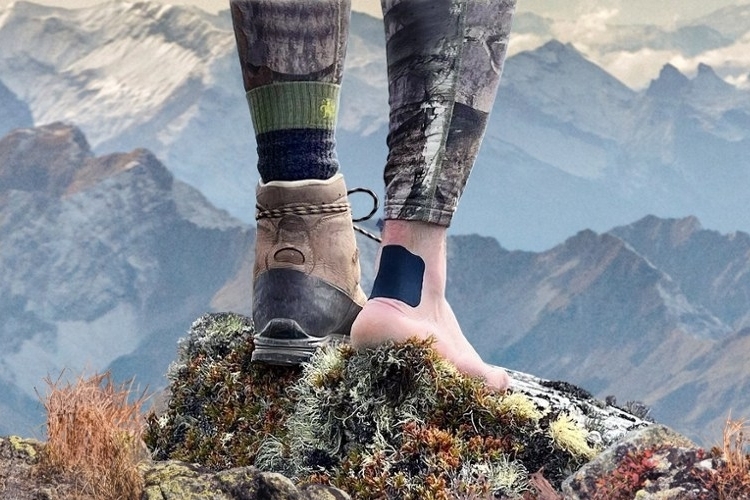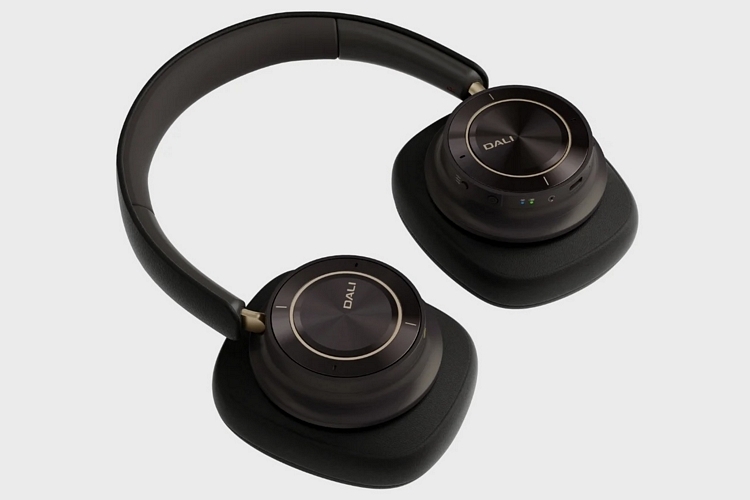We’re big fans of Merino wool and its naturally technical characteristics that make it ideal for all sorts of outdoor apparel and gear. It’s a worthy alternative to many kinds of natural and synthetic fabrics in situations that demand technical qualities like water resistance, temperature regulation, and odor control. Of course, we’re just getting started on Merino, so more applications are likely to be found for the increasingly popular fabric. A new product called WoolAid, for instance, is using Merino wool as a more sustainable alternative to the plastic strips we use for adhesive bandages.
That’s right, they made medical bandage strips using Merino wool, giving folks a viable alternative to the plastic bandages that are popularly bundled in most first aid and survival kits today. The outfit even claims it far outperforms those plastic adhesives for wound care, as Merino won’t trap moisture like current plastic bandages do, instead regulating both moisture and temperature levels around the wound and its surrounding skin.
The WoolAid works much like any adhesive medical bandage, consisting of a strip of material covered in skin adhesive and a wound dressing in the middle. In this case, of course, the strip is made from Merino fabric, so it gets all the natural properties of the technical material. For instance, it’s moisture-wicking, allowing it to absorb moisture from the wound and the surrounding areas, then move it out to evaporate into the air. That means, your skin won’t look like a waterlogged mess any time you remove the dressing like it does with traditional plastic bandages.
Merino wool is also temperature-regulating, so the wounded area stays within ideal temperatures at all times, as well as antibacterial and antifungal, so it can really help keep further infections away. It’s hypoallergenic, too, so even folks with sensitive skin and allergies can use it without any worries.
The WoolAid uses a proprietary ultra-fine merino wool fabric that, the outfit claims, allows it to create the ideal medical-grade healing environment. It pairs that with medical-grade adhesive and an absorbent wound pad, although there’s no word on what that is made of (likely cotton). The bandages are made in two sizes as of now: a standard-sized one for small cuts and a larger square bandage for bigger wounds. Hopefully, they can make even more sizes going forward.
How long do plastic bandages stick around in the landfill? According to the outfit, traditional adhesive bandages don’t start degrading until after 300 days minimum and it takes far longer than that for it to disappear completely. That means, if you leave a used bandage in a camp site, you can come back in a year and probably still find it there. In contrast, this Merino-based bandage can fully biodegrade in as little as four months with no trace of it to find anywhere, making it an overall better choice for the environment.
The WoolAid is currently available only in its native country of New Zealand and in the US via REI. Price is $5.95 for a five-pack and $9.95 for a 15-pack.






